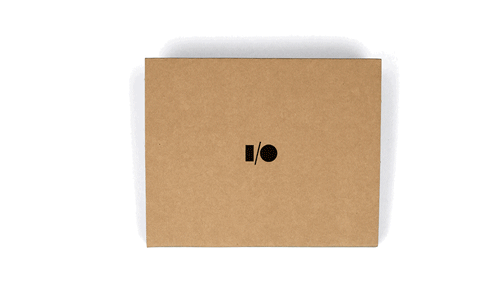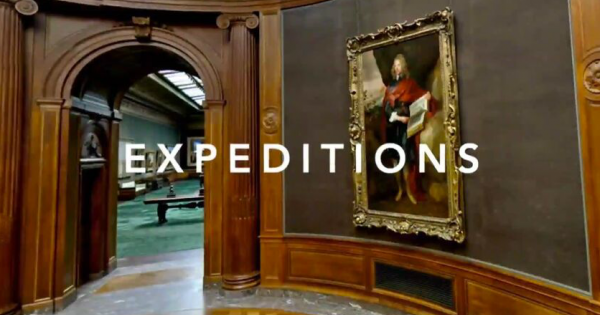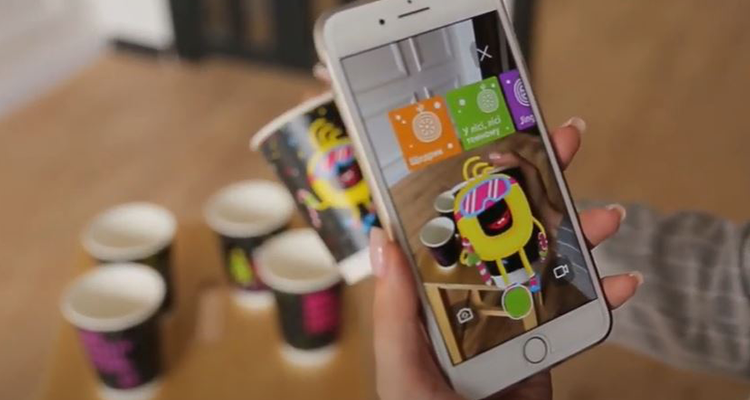An Immersive Virtual Field Trip Made of “Cardboard”
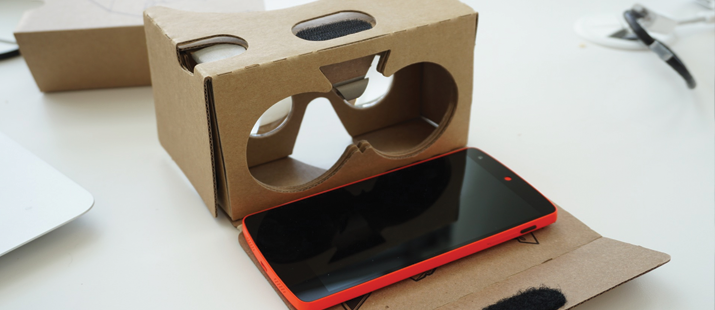
On May 28th, at its annual I/O developer conference in San Francisco, Google announced that it would bring virtual reality into the classroom with their own VR platform device, which itself was introduced at their 2014 I/O conference. Oculus Rift it’s not, however those who have used it likely agree that it has a huge role to play in VR by putting it, at a very inexpensive price point, in the hands of anyone with a smartphone.
Made out of a few pieces of cardboard and a couple of lenses, “Cardboard” was handed out to the developers at last year’s conference, alongside the choice of a brand new LG G Watch or Samsung Gear Live smartwatch. One can only imagine the excitement that the watch choice elicited from the developers as opposed to the head-scratching moment the cardboard handout produced for them.
Here is what they were given at the 2014 I/O conference:
A simple head-mounted housing unit with a $10 lens kit, magnets, two Velcro straps, a rubber band (and an optional near-field communication (NFC) sticker tag) – place in a smartphone…
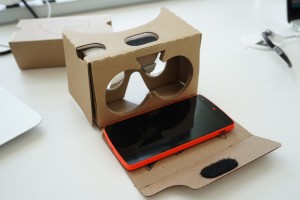
… and just like that, you have a virtual reality headset.
At I/O 2015, Google unveiled their new Cardboard 2.0 headset which will support larger phones with screens up to six inches, making it fully compatible with even the largest Android phones, as well as the iPhone 6. It also has a new button that works universally with all phones. Cardboard 2.0 assembles (and disassembles) in just 3 steps (the previous version – and just like the intro version, as Google says, “it’s still about VR for everyone.”
Here is a portion of a recent review in ars technica Gear & Gadgets:
This new Cardboard headset’s biggest new feature is support for larger phones. A Nexus 6 worked just fine, as did a Nexus 5, though I don’t know how well a smaller, slower phone like a first-gen Moto G or Moto E would do. Google has also refined Cardboard’s “button” to work with a wider range of devices. Pressing the padded button on the side of the device gently pushes the smartphone’s screen, which the software interprets as a tap. It worked great with both a Nexus 5 and an iPhone 6. The biggest problem with the Cardboard’s “hardware” is that the material is quick to soak up whatever natural oils happen to be on your forehead when you press it to your face.
Expeditions, also introduced at I/O 2015, further expands the classroom environment giving teachers the ability to take students on a “shared” virtual field trip experience. Used with the Cardboard VR headset, Expeditions is aimed at giving students the ability to travel to places they otherwise might not have the opportunity to reach. The application gives teachers the ability to make their curriculum come alive by taking students anywhere around the world, under the ocean and even into space.
Shipped as a full kit (with smartphones included), Expeditions provides classes with everything they need to take a synced trip, including software for the trip leader and headsets and hardware for both students and teacher. The trip leader controls the tour with the tablet that comes with the kit, while students see the tour on their end through the Cardboard headset with smartphones attached.
Ready-made virtual field trips are included in the launch of Expeditions as Google provides educators with out of the box tours for their classes, with minimal setup and organization required. The New York American Museum of Natural History along with The Planetary Society, Chateau de Versailles and Royal Ontario Museum have partnered (joining several other institutions) with the new Expeditions program in preparation for a rollout this fall. It was reported by The New York Times that Google has been testing Expeditions over the last year in about 100 classrooms.
With the tagline Take your students to places a school bus can’t, Google Expeditions provides students with the opportunity to gain a deeper understanding of the world beyond the classroom through a fully immersive experience with an inexpensive cardboard VR headset and a smartphone.
Here is a blog written by Announcing Expeditions: taking students places a school bus can’t go.”




